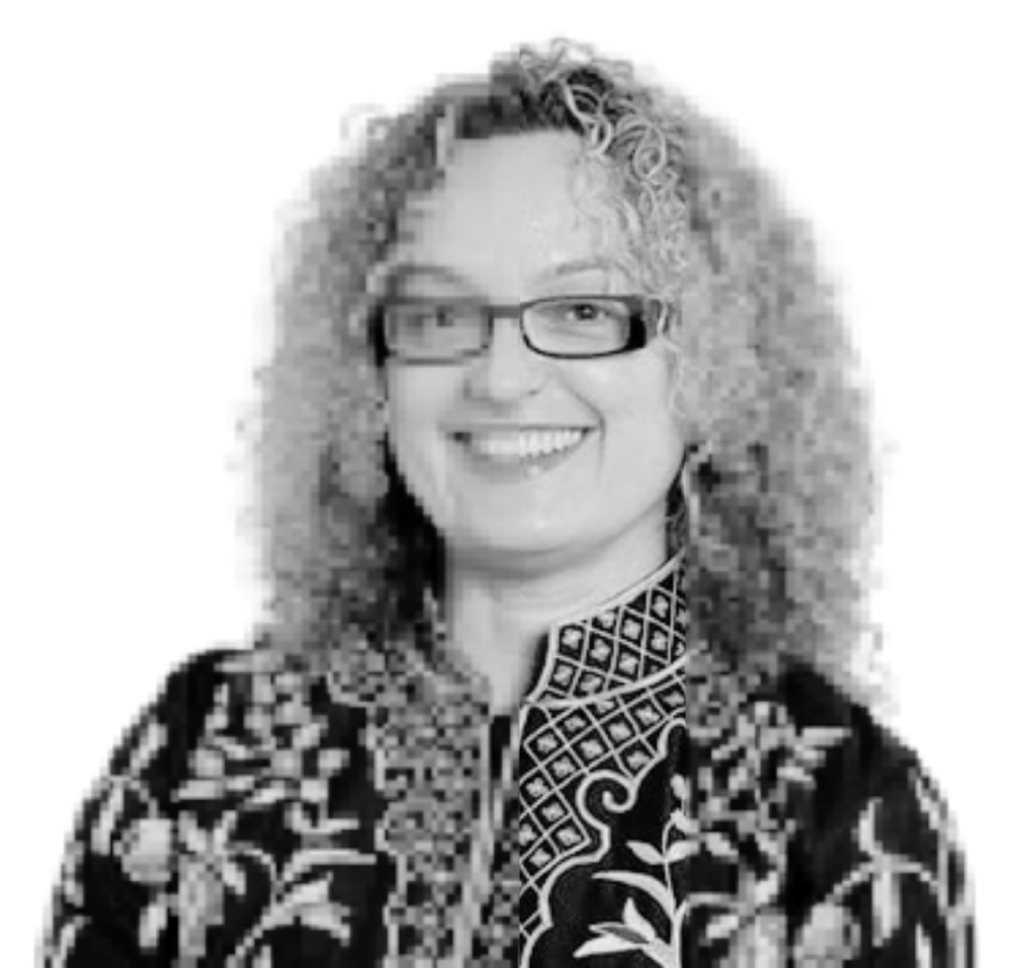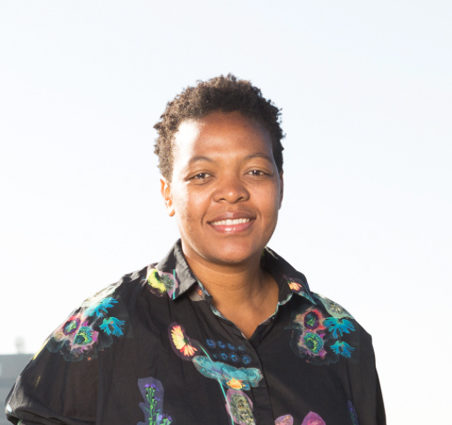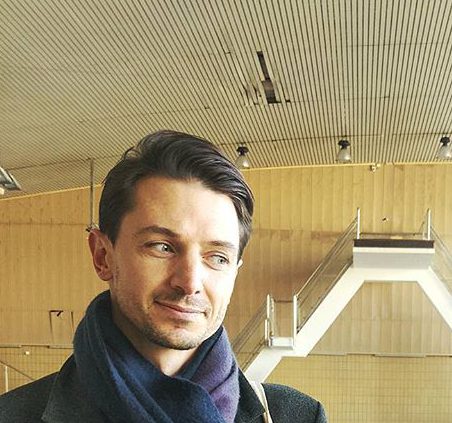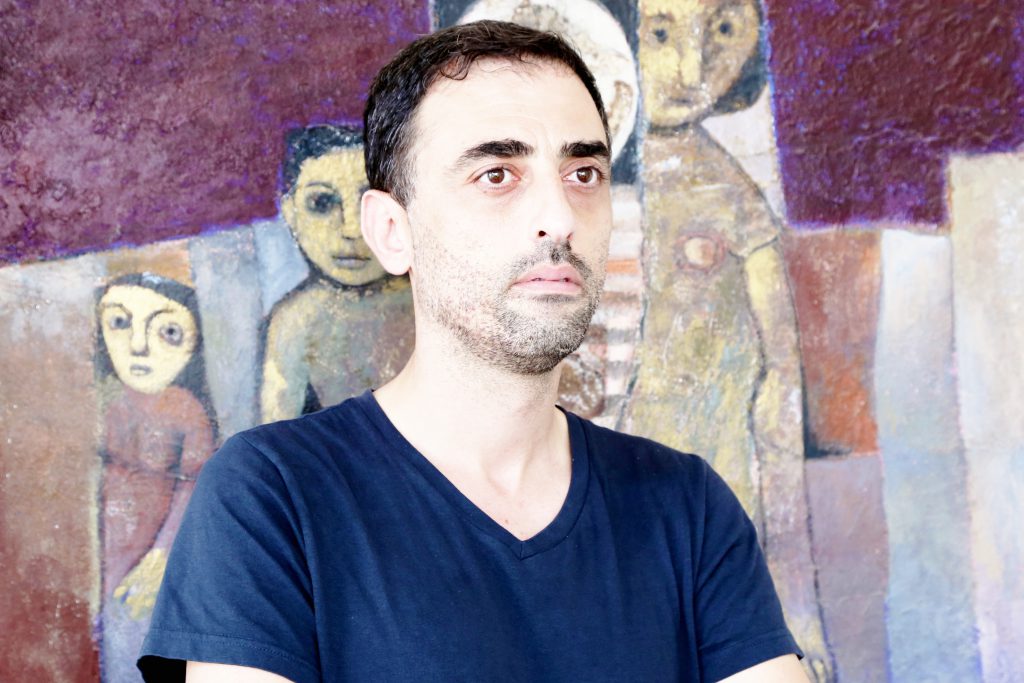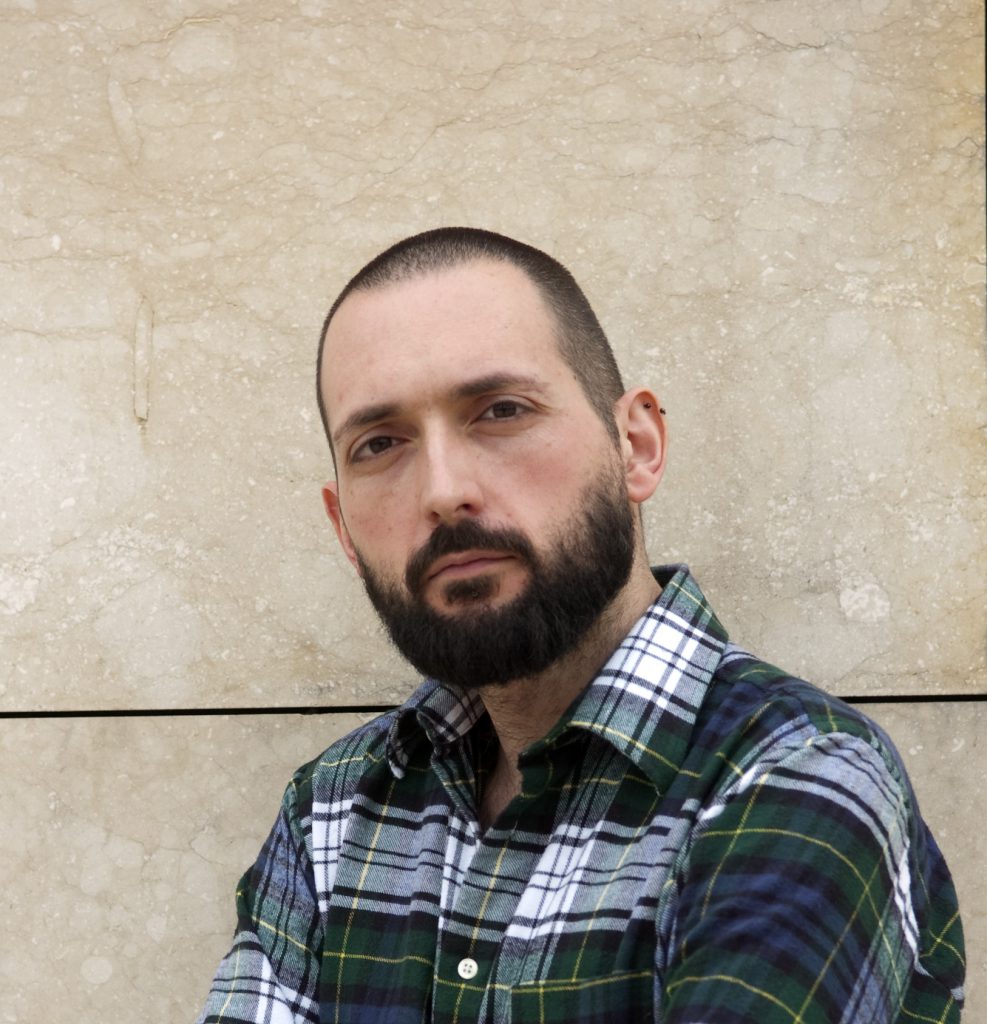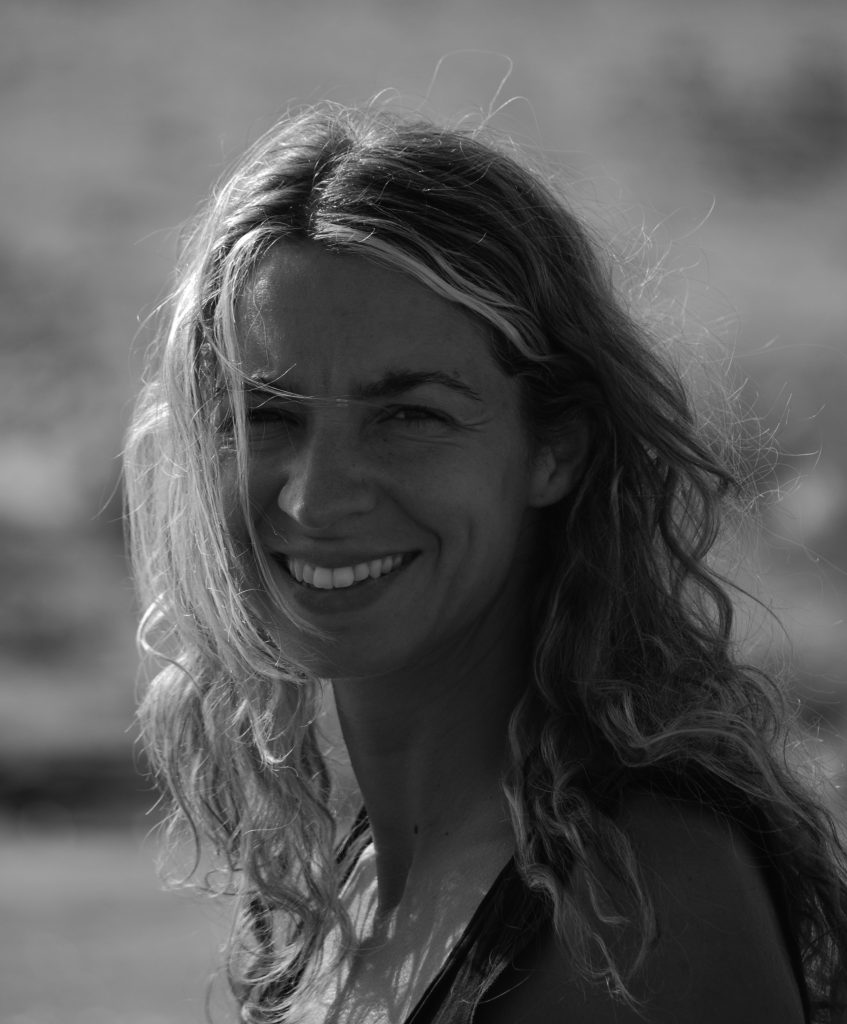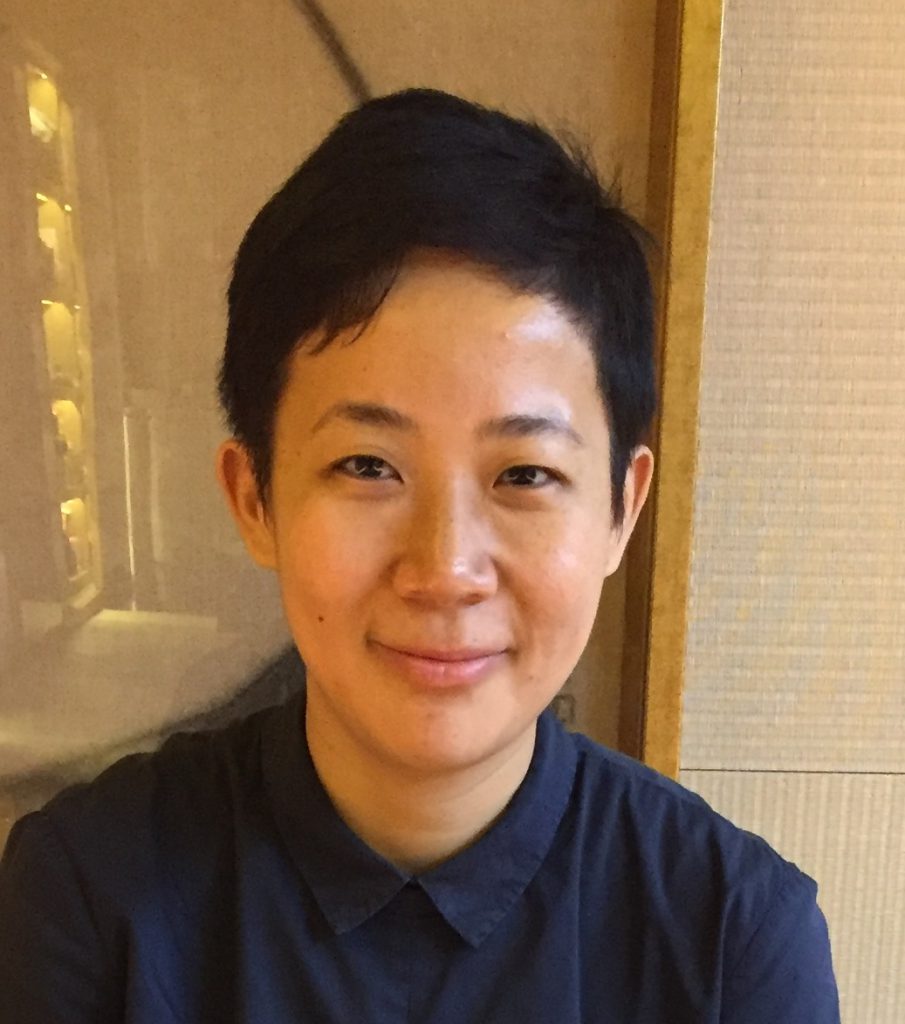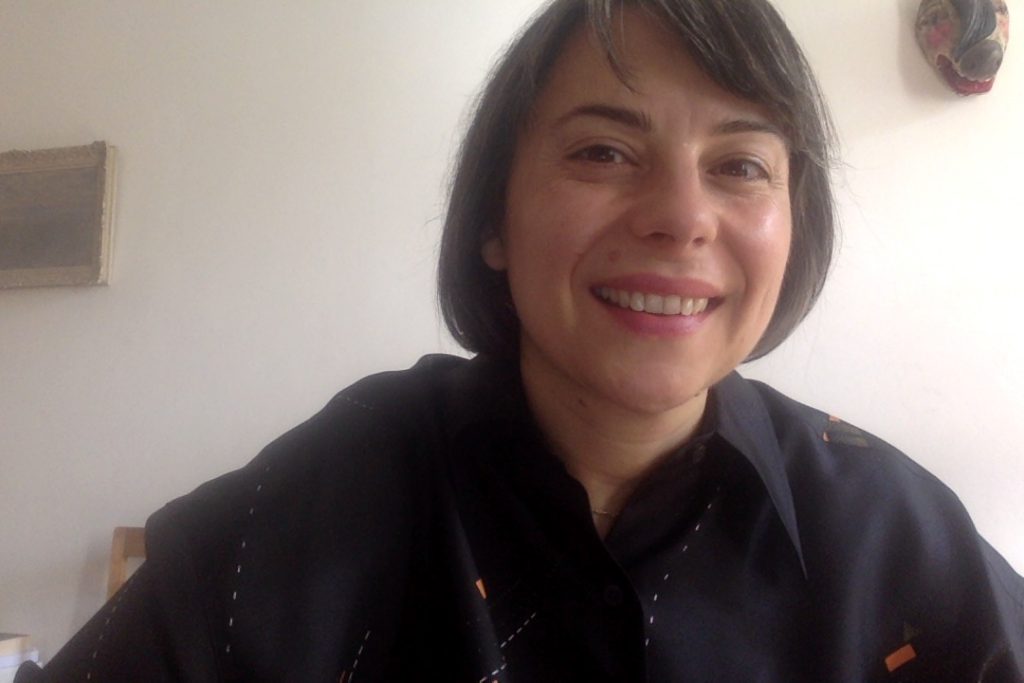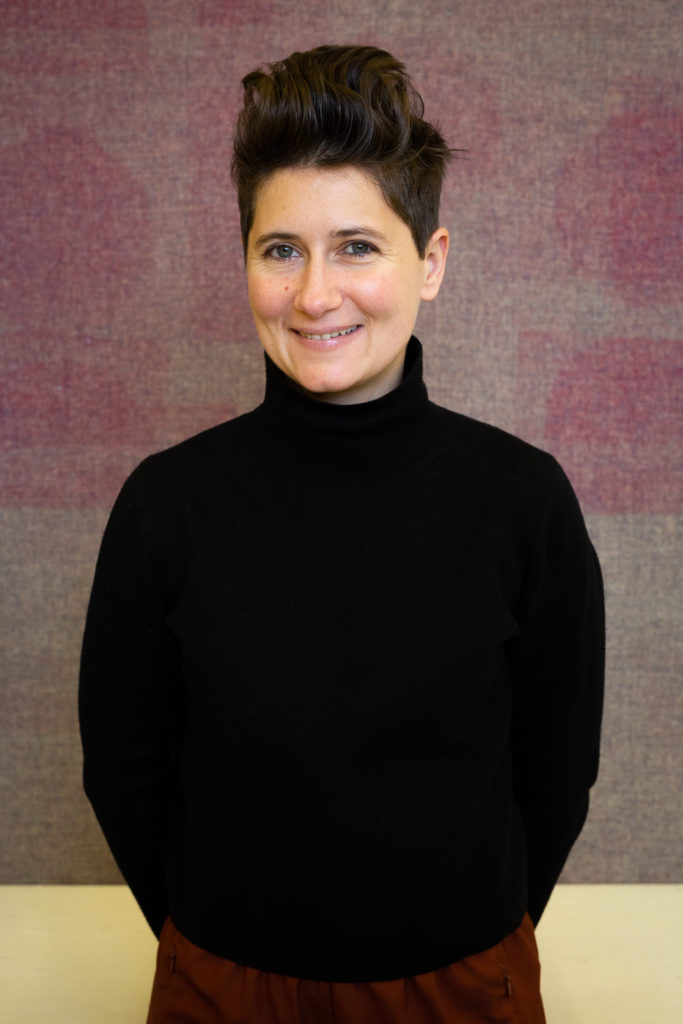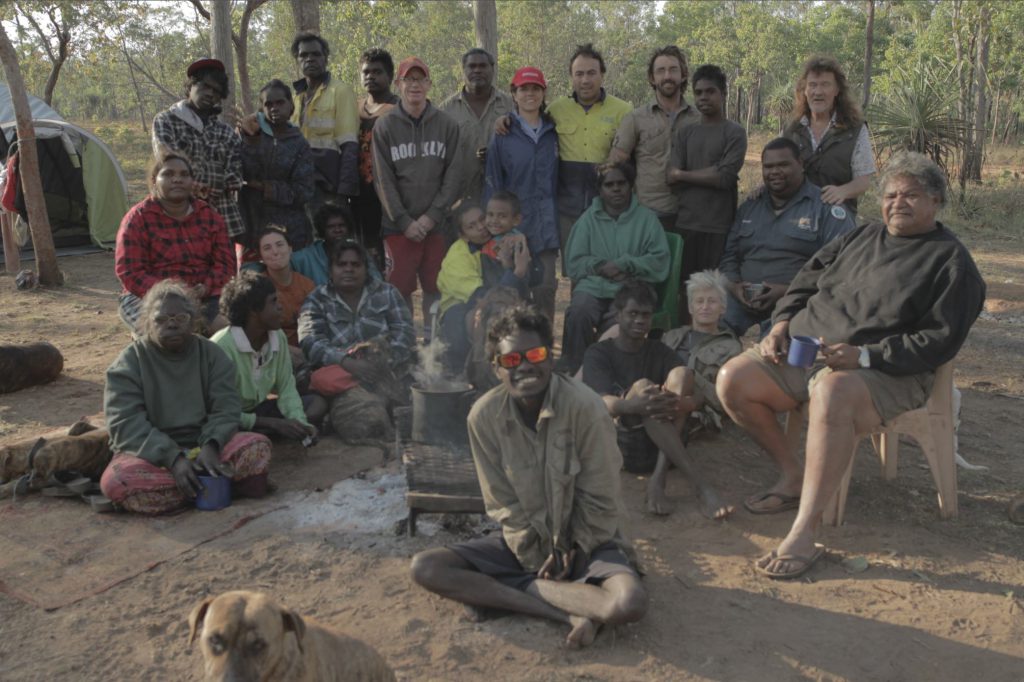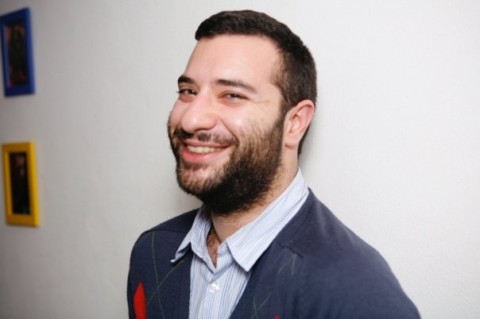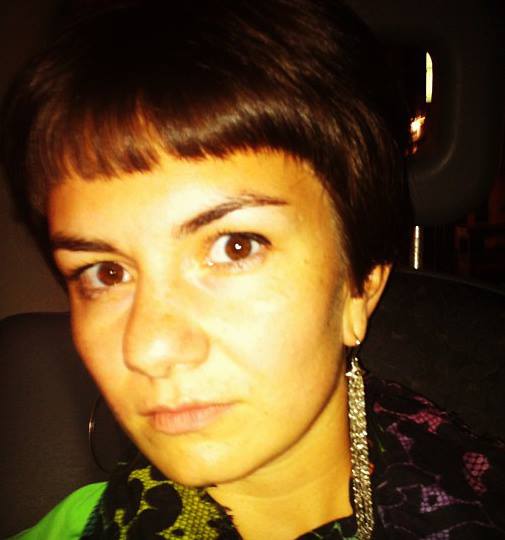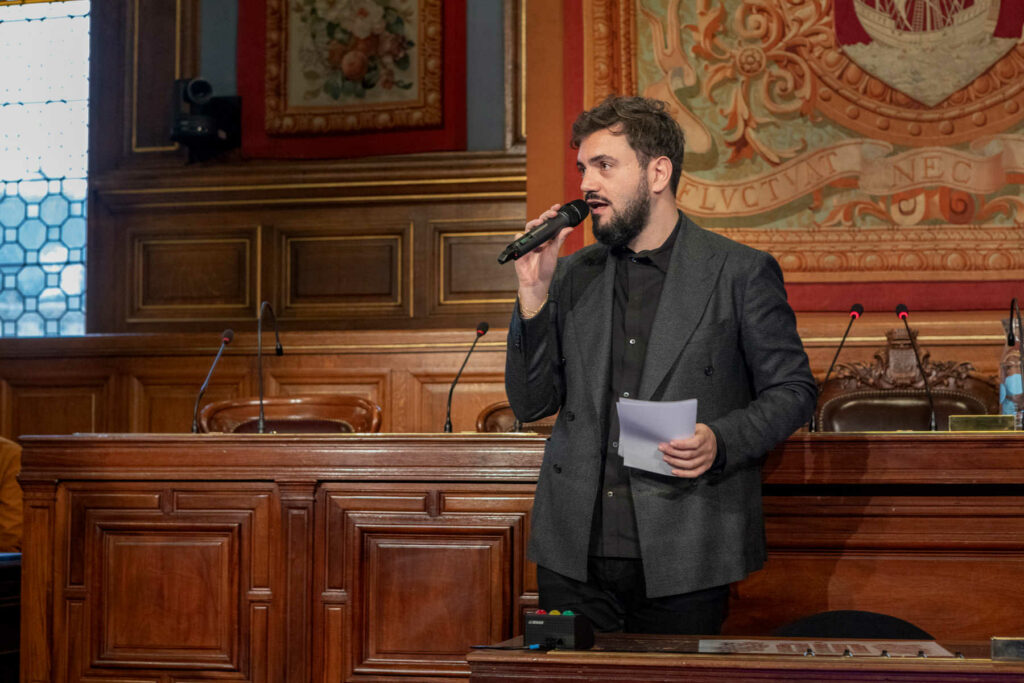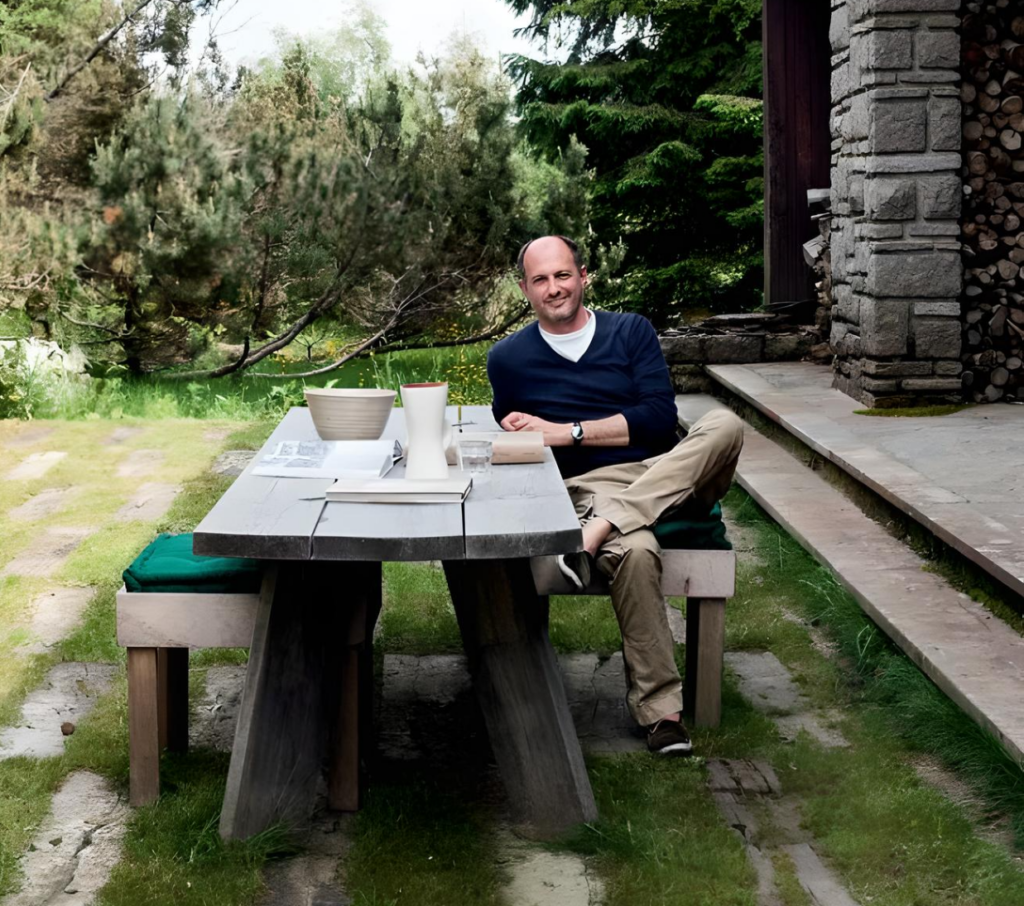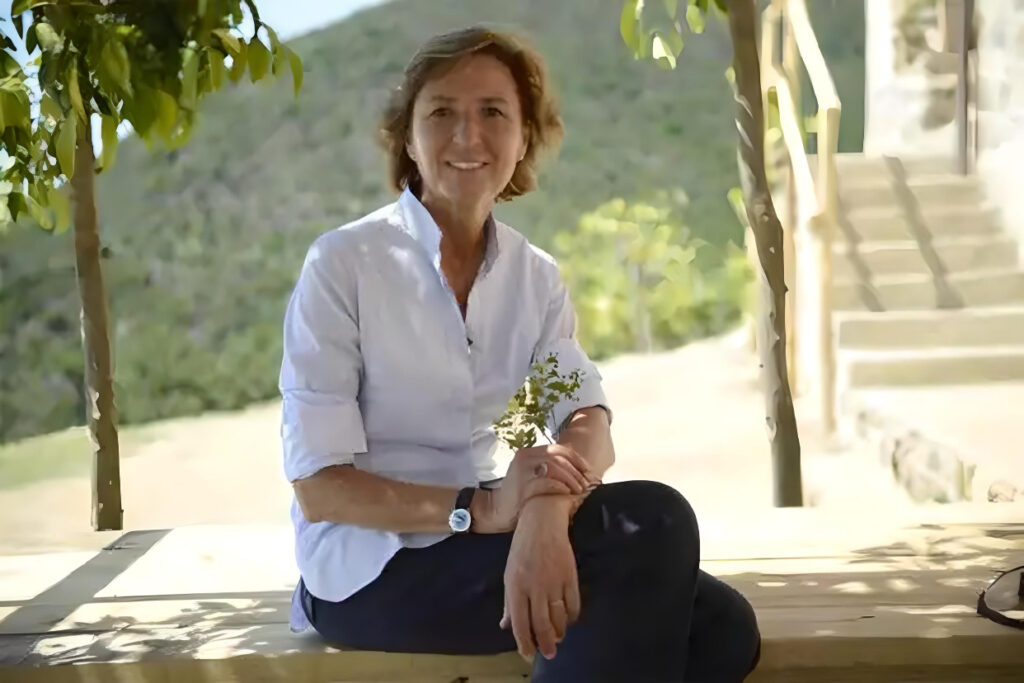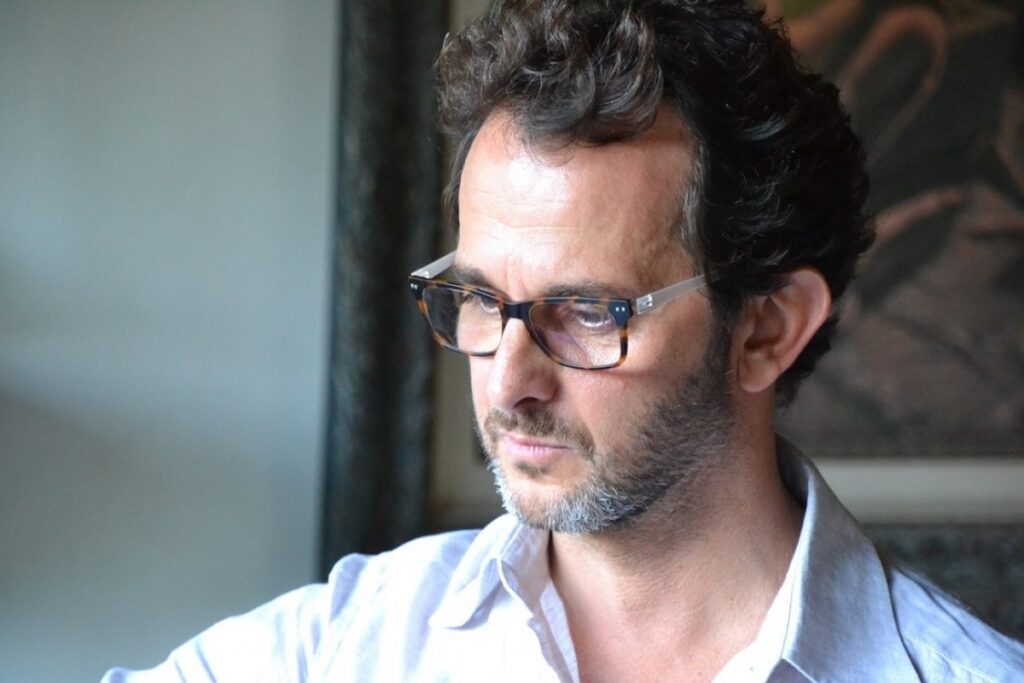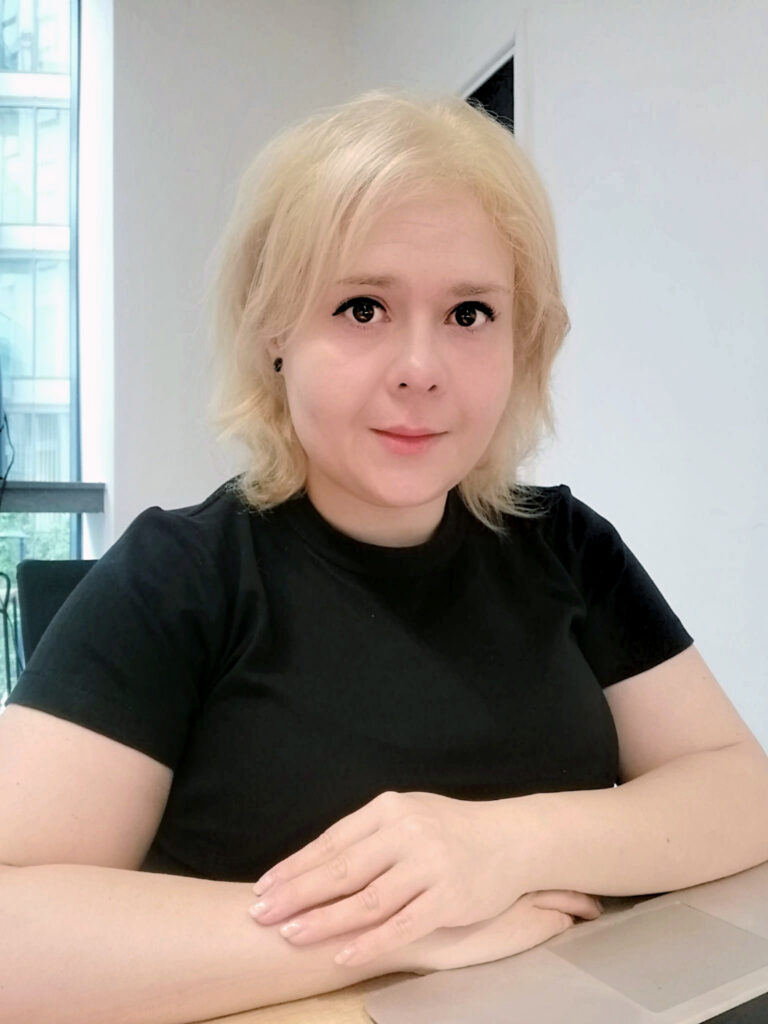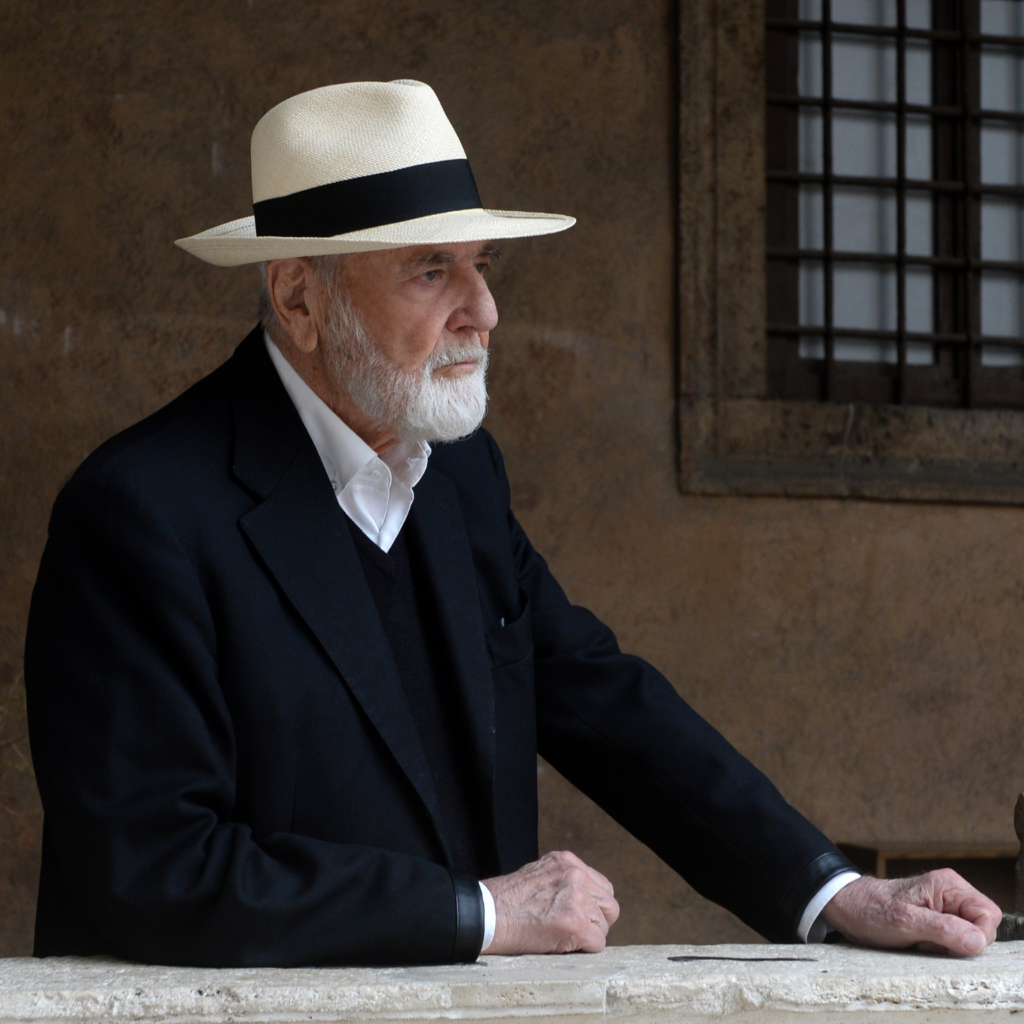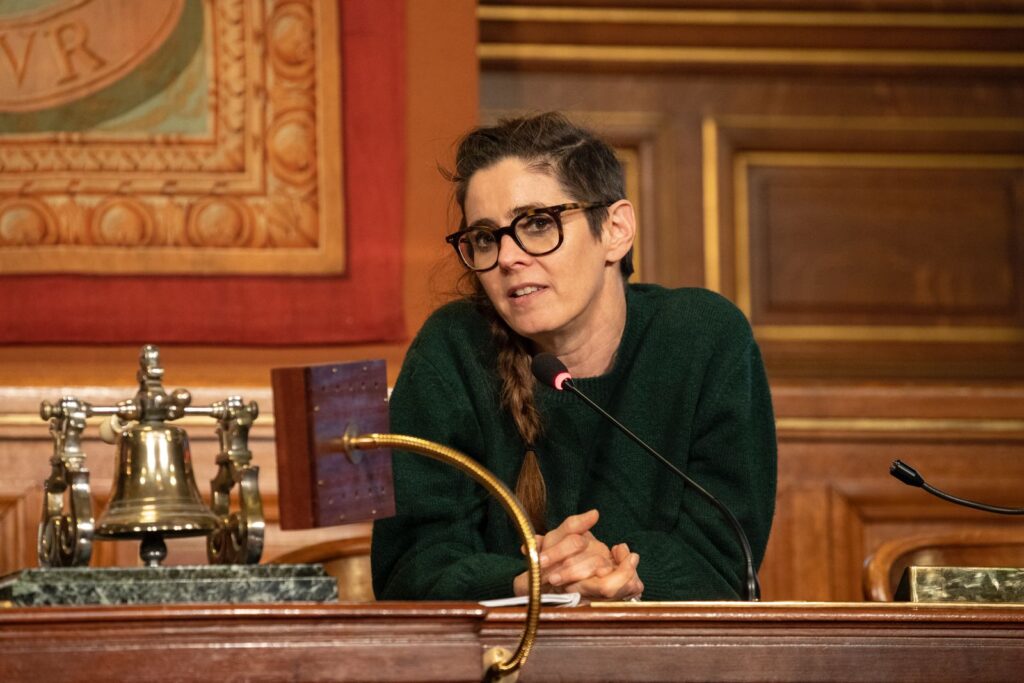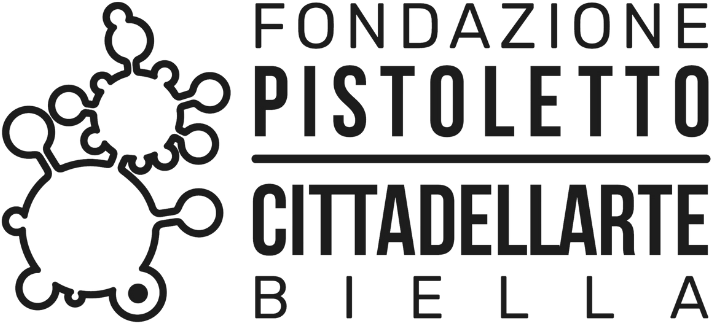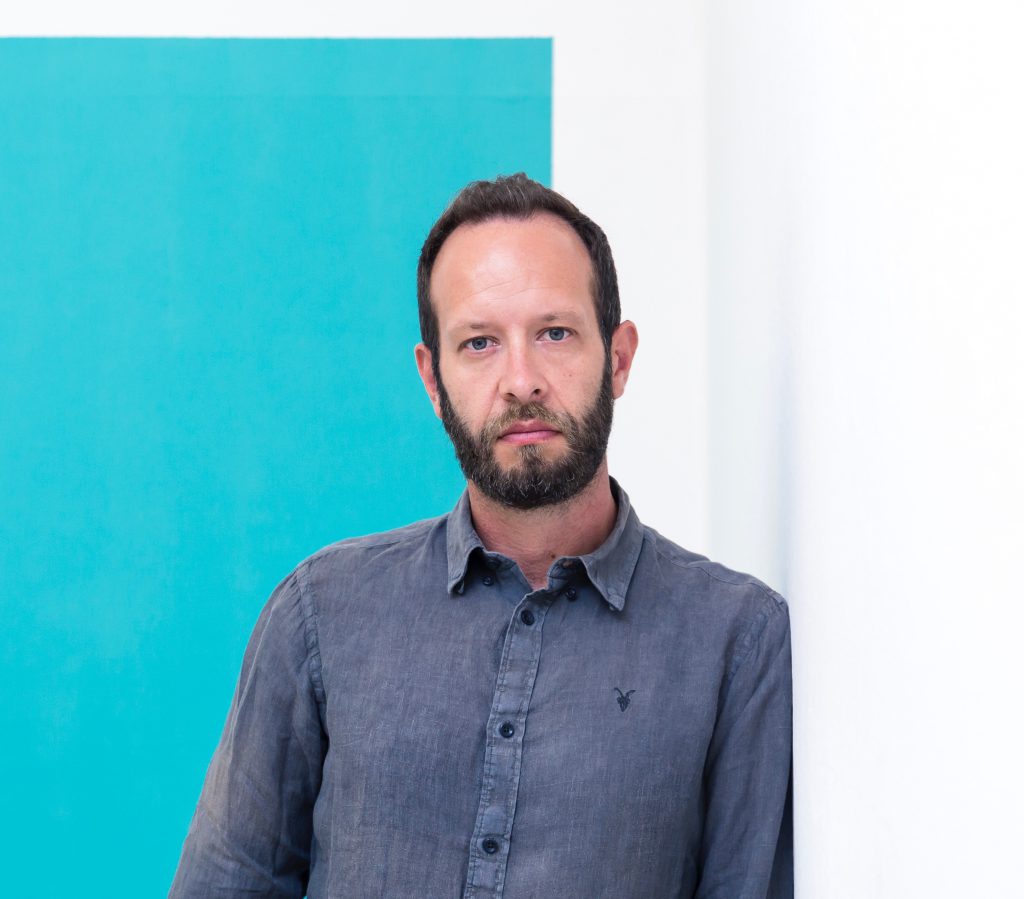
What
Since 2010, Visible researches, produces and connects long-term socially engaged art projects, working with artists dealing with the urgencies of our times such as the climate crisis, social justice, indigenous rights, gender and queer-based violence. Visible is a project by Cittadellarte–Fondazione Pistoletto and Fondazione Zegna in partnership.
Contributors

Yesterday
The Visible Award was the first international production award devoted to artwork in the social sphere. It aimed to produce and sustain socially engaged artistic practices in a global context. Recipients were decided through a public jury in the form of a temporary parliament, developed in collaboration with prestigious art institutions such as Serpentine Gallery, Tate Liverpool and Queens Museum.
2010
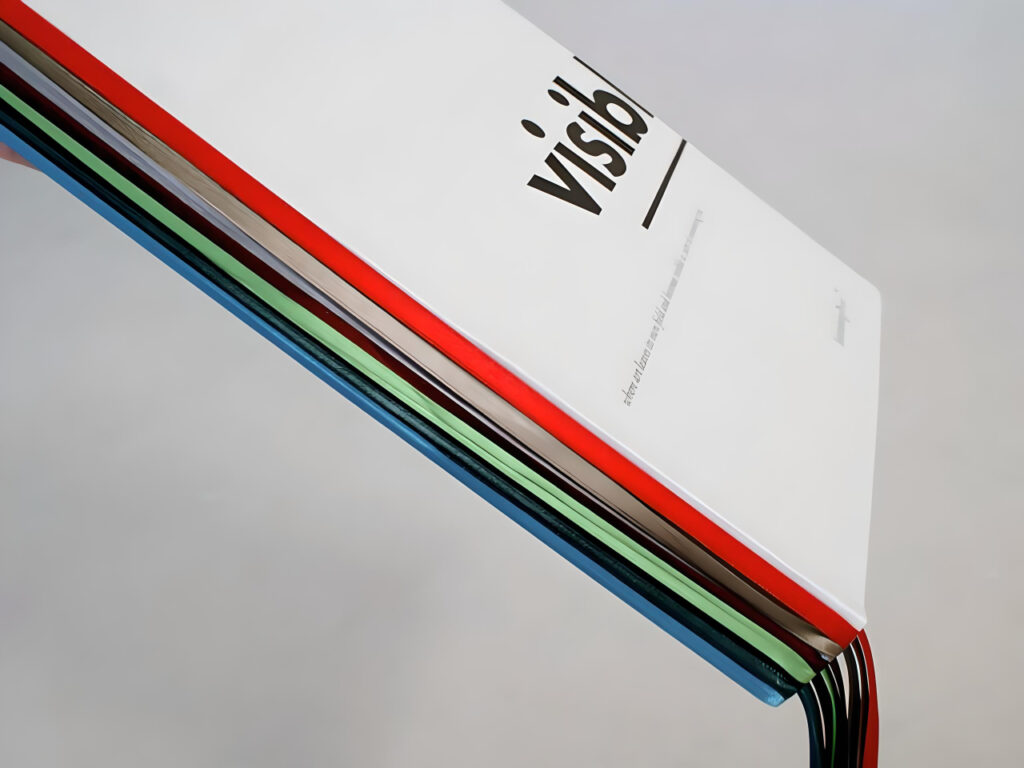
2011
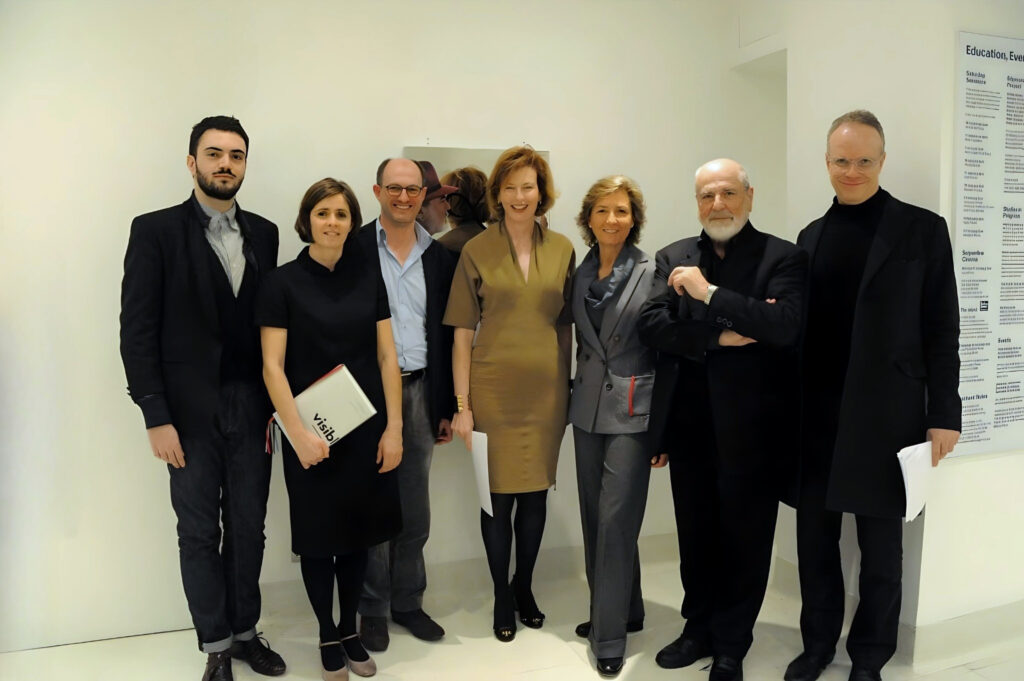
2013
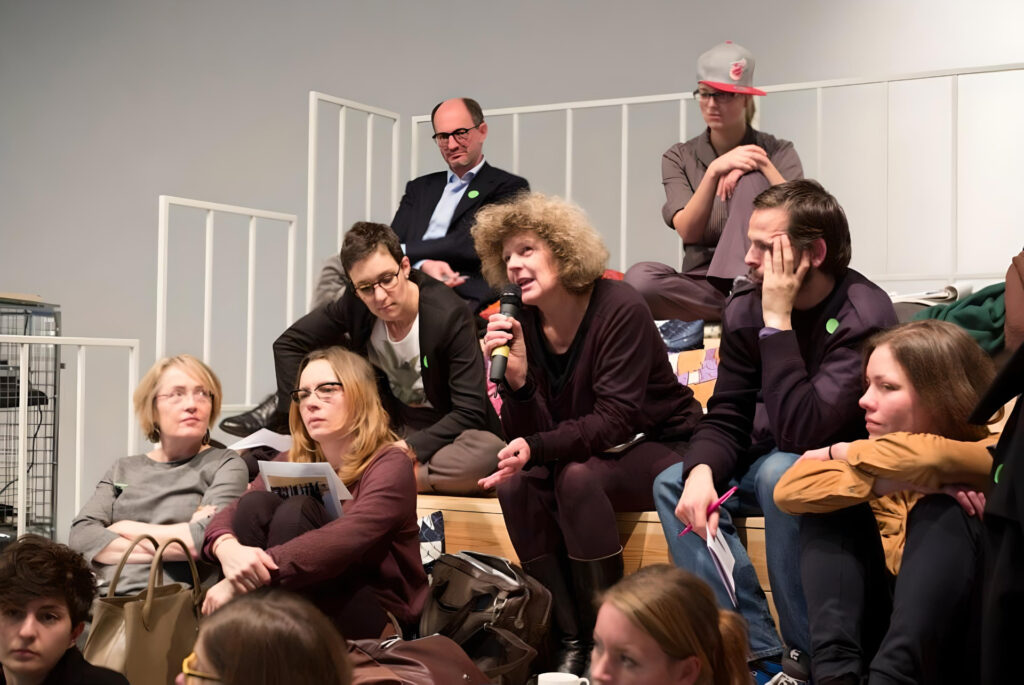
2015
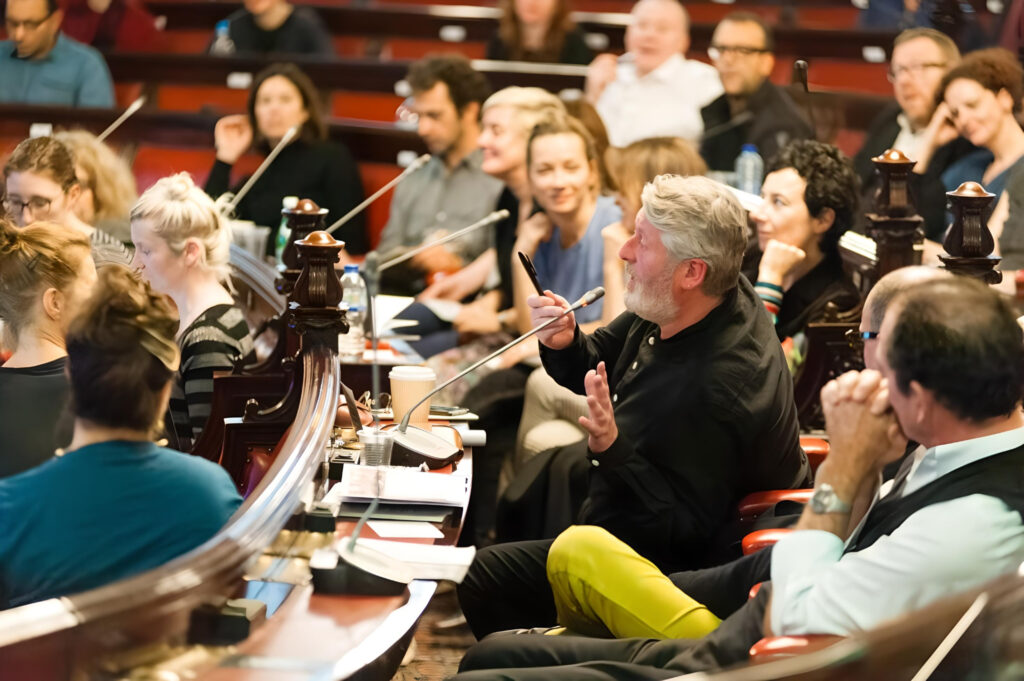
2017
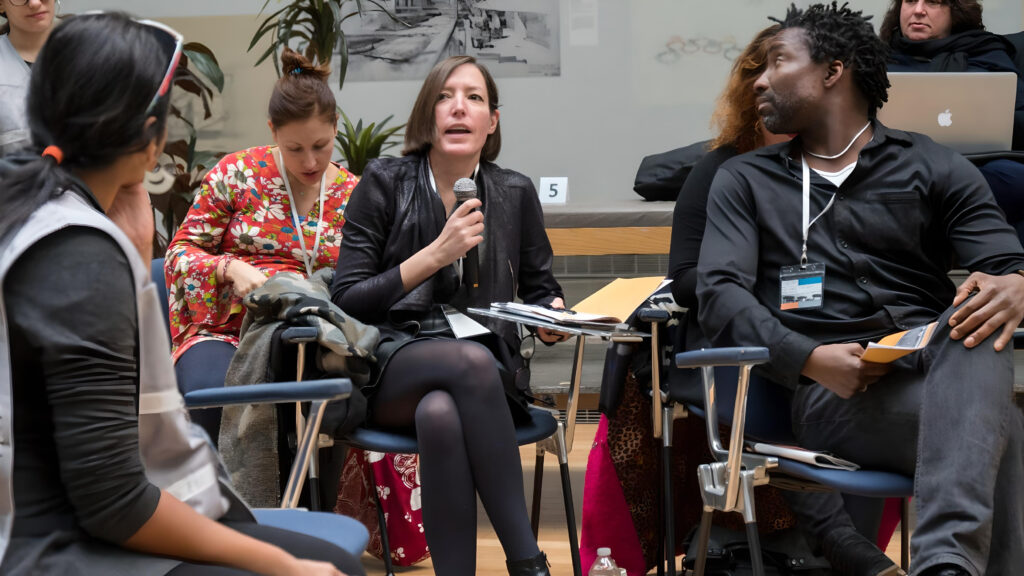
2019
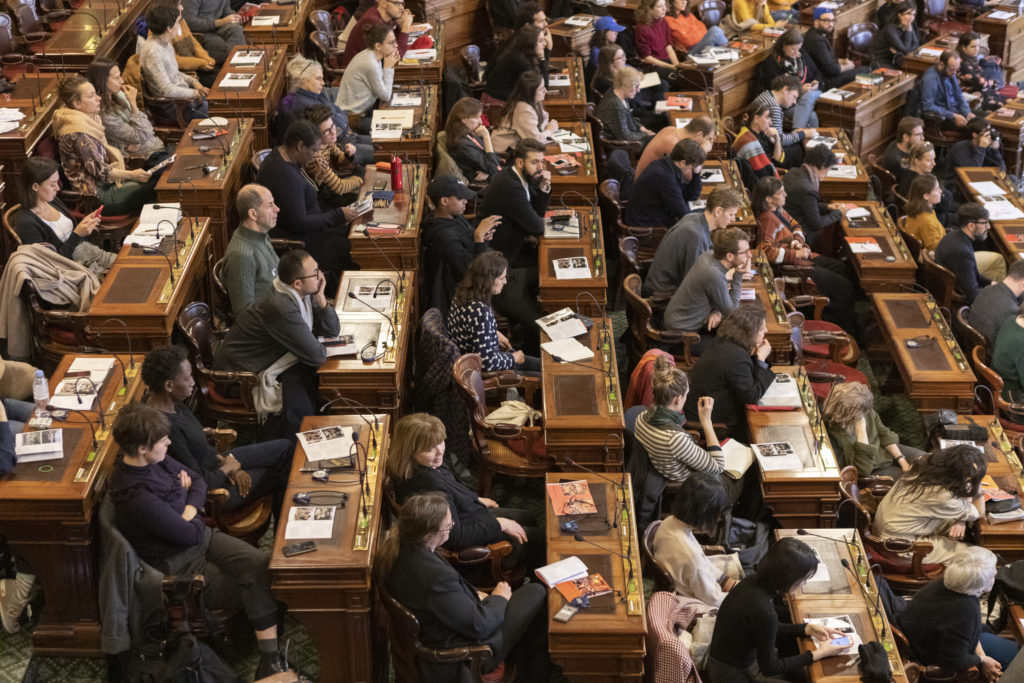
2020
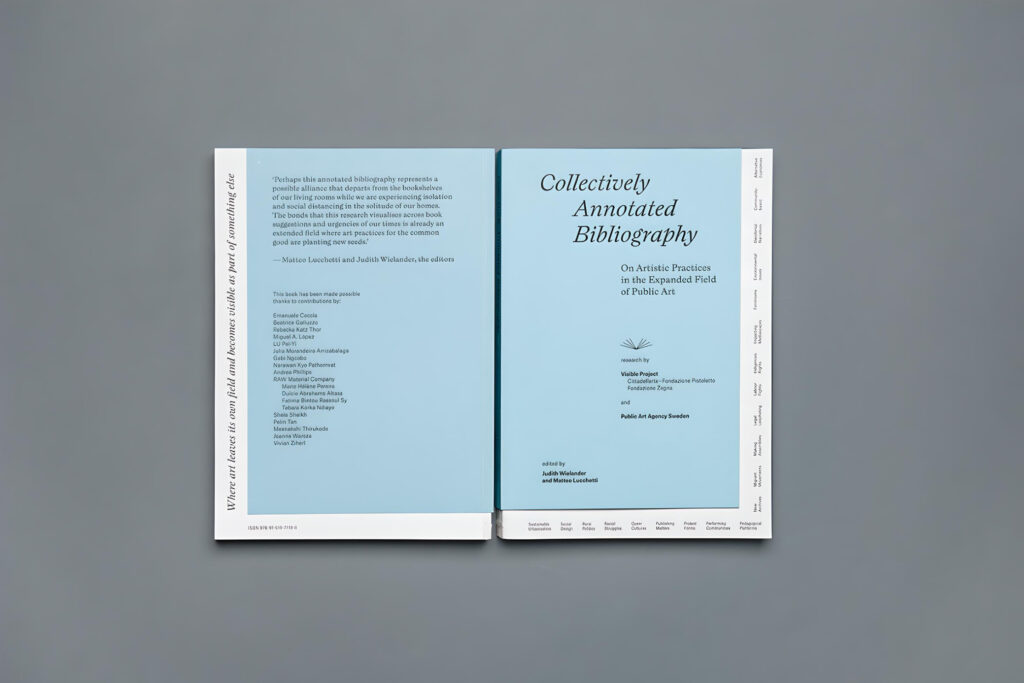
Today
Starting from 2022, Visible envisions a series of situated fellowships for ongoing long-term socially engaged art practices, tailored to the projects’ needs and context, to offer more structural support to artists that are dedicating part of their research and practice to experimental artistic ideas and actions with an impact on our societies.
Institutional network
A nomadic institution, Visible has worked with a variety of formats: publications, exhibitions, performances, screenings, workshops, and lectures. Collaborations with international institutions include: La Biennale di Venezia, Venice; Creative Time, New York; Lafayette Anticipations, Paris; Van Abbemuseum, Eindhoven; Kunsthaus Graz, Graz; Public Art Agency, Stockholm; Kadist Art Foundation and SFMOMA, San Francisco; and Center for Historical Reenactments, Johannesburg.
It would be hard to overestimate the positive impact of receiving the 2015 Visible Award. Not only did it make our desire to use art to power Karrabing resistance Visible to a national and international audience, it also and more importantly signal to our now 40-plus members the potential power of our vision for film and art practices.
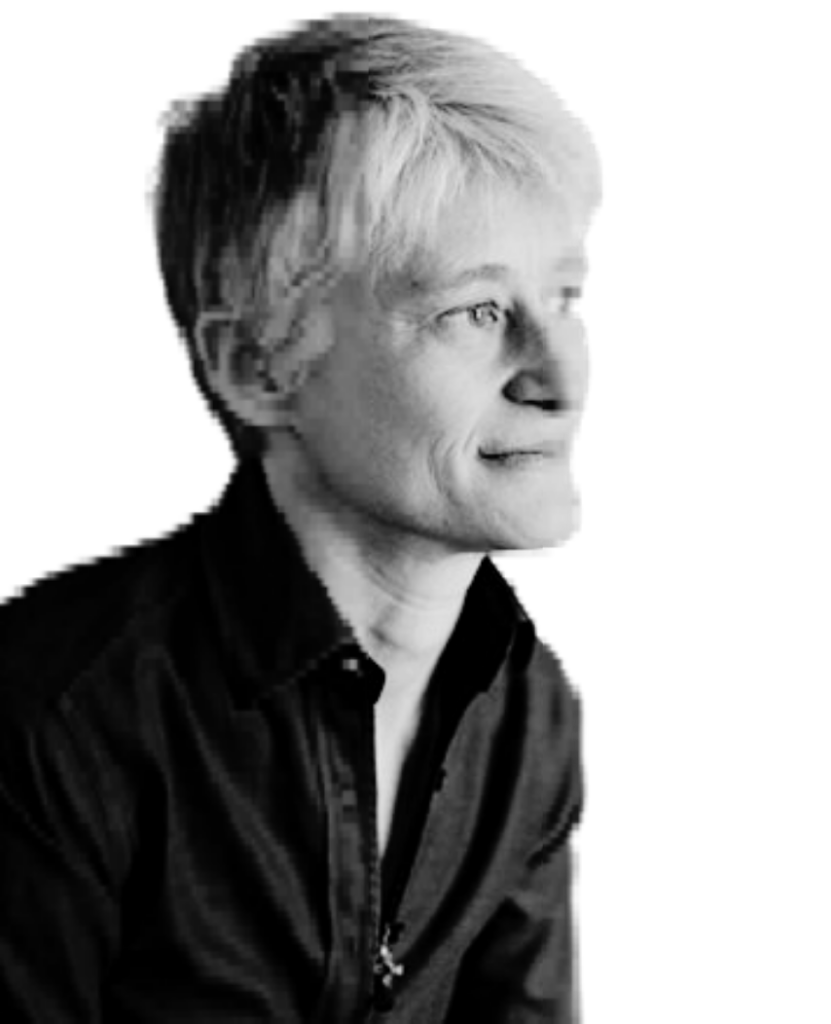
Visible Awards’ support was there in a very critical moment, during our second year when the first version of institutional support was ending in London, the first city we started, the exact time of our transition to leave the “art project” framework and enter to the domain of activity of our parasitic long-term organisation modality.
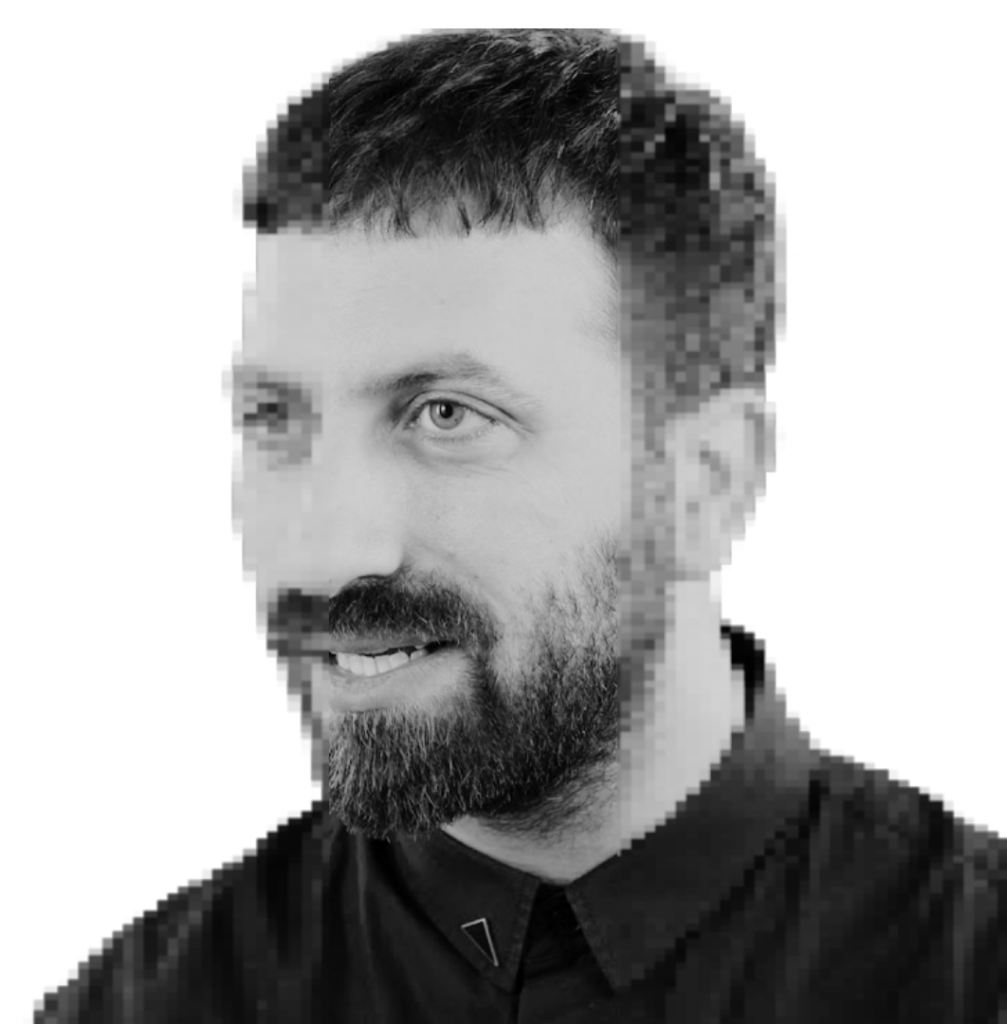
There’s a great potential to Visible. It seems to me to be an interconnective tissue between lots of different local practices. Each local practice has its own quality, its own eccentricities, and often artists can become so involved in the richness of the local ecology that it’s difficult to break out to another level. Visible provides the means in which that breakout can happen so we can start to theorize from one local practice to another and start a process in which artists are thinking about their ethical position, what they want to do to achieve the common good. Visible makes the the movement of socially engaged practices visible in a way that is uh has not been done before.
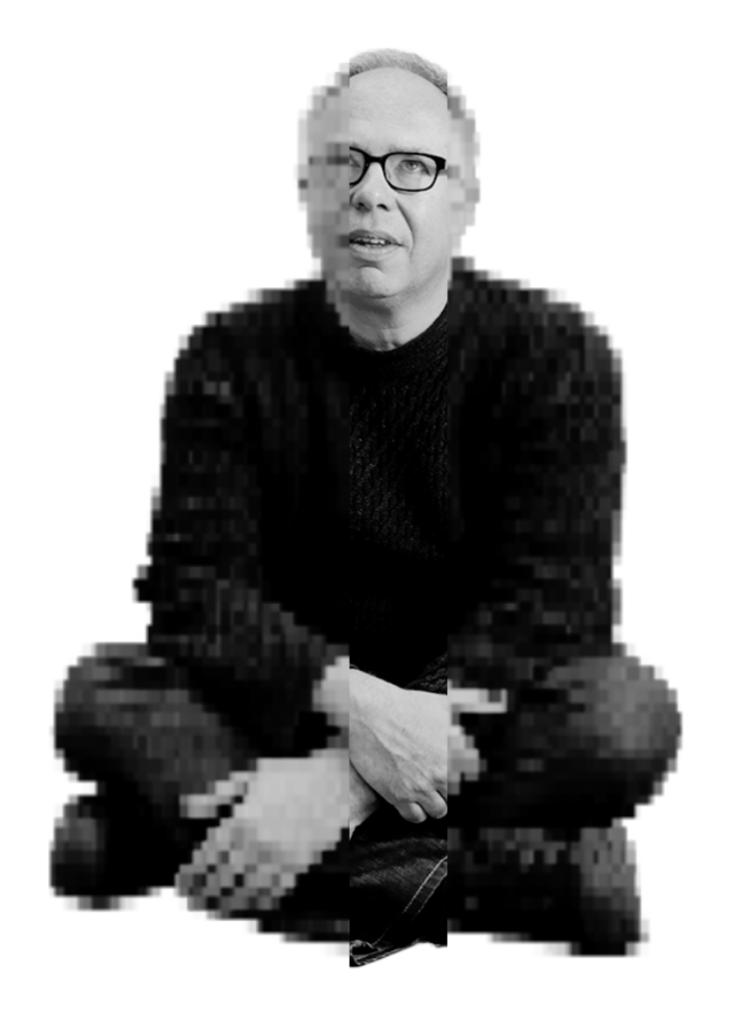
It’s very important to make a world in which another art can be produced. There is a conflict between those who treat art as a private good from which to profit and those who participate in art as a collective process and a common endeavor, a common
good based on inclusion and access. The latter expresses a qualitative relationship as it is based on sharing cooperation and collaboration. […] We understand that the weak relationship today between art and politics is absolutely essential to be investigated and is absolutely essential to be renegotiated. Visible is indeed a form of negotiating to improve the world around us.
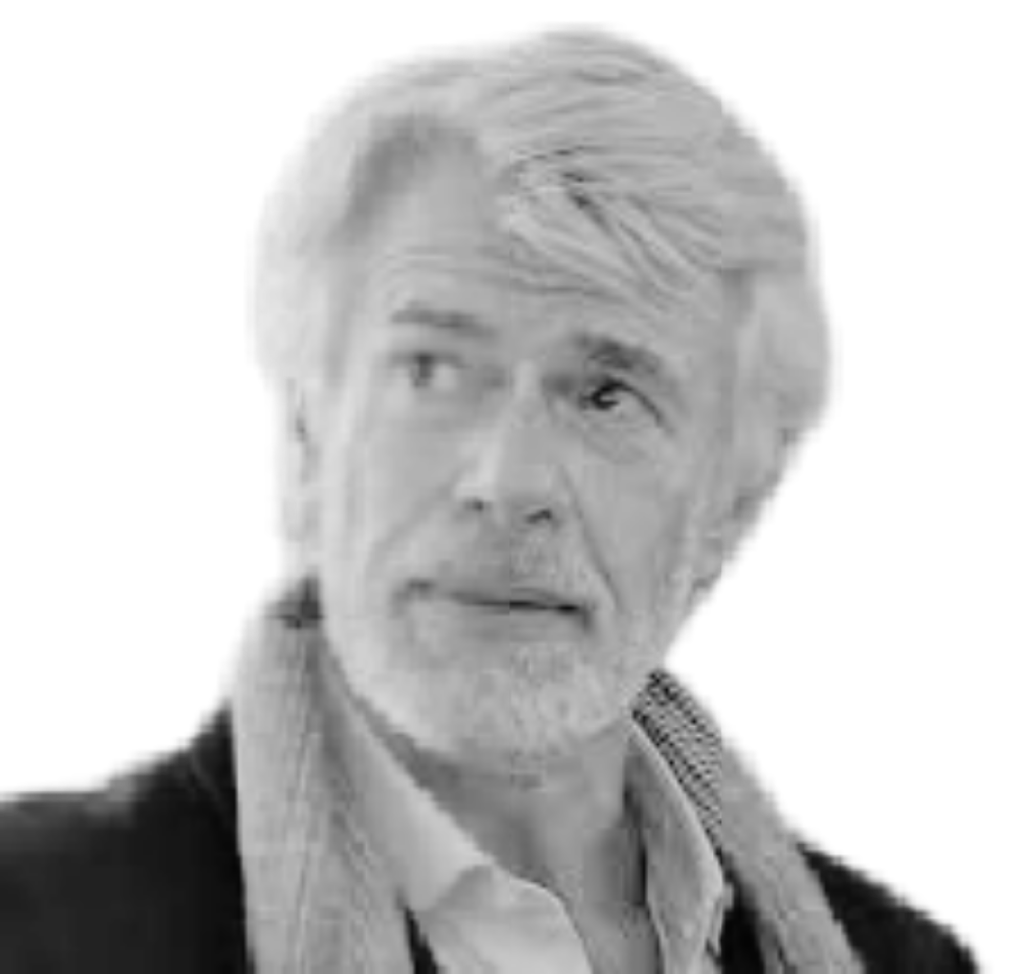
Visible is very meaningful and important for its transversality and for the new purpose it offers to the relationship between art and real life, and most importantly for the social impact, it sustains through the trust in what art can freely activate.
